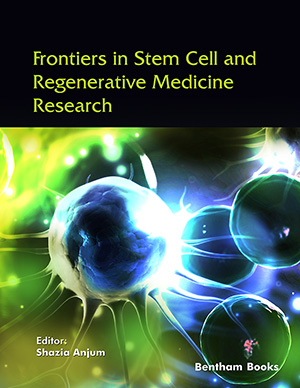Abstract
Cellular differentiation is a biological process in which a cell permanently
alters its characteristics (phenotype), ensuring that its descendants also inherit these
traits or can modify them when subjected to other differentiating stimuli. During this
process, genetic changes occur within cells, leading to a commitment to a specific cell
fate. Totipotent cells (stem cells) undergo differentiation based on their ultimate cell
destiny, dictated by the tissue they will eventually become a part of it. A current
challenge in regenerative medicine involves employing biomaterials within hydrogel
matrices to induce changes in cell phenotype and functionality. Stem cells from various
sources can thrive within 3D biomatrices featuring defined chemical compositions, and
depending on the physical, chemical, and biological cues encountered, they can assume
diverse phenotypes. The utilization of hydrogels composed of natural and synthetic
polymers, as well as inorganic components, has been explored for such purposes,
revealing a direct correlation between the structure and physicochemical properties of
polymeric matrices and their impact on cell differentiation capacity. Consequently, the
encapsulation of stem cells within these biomaterials can be tailored to enhance the
effectiveness of regenerative medicine treatments, particularly in the regeneration of
cardiac, dermal, epithelial, cartilaginous, and nervous tissues. This chapter aims to
elucidate the fundamental principles of cellular differentiation in stem cells facilitated
by biomaterial compositions within hydrogel matrices and explore its potential
applications in regenerative medicine.
Keywords:
Cell differentiation, Stem cell, Extracellular matrix, Protein, Polysaccharide, Polymer, Biocompatibility, Hydrogel, Tissue generation, Regenerative medicine.

